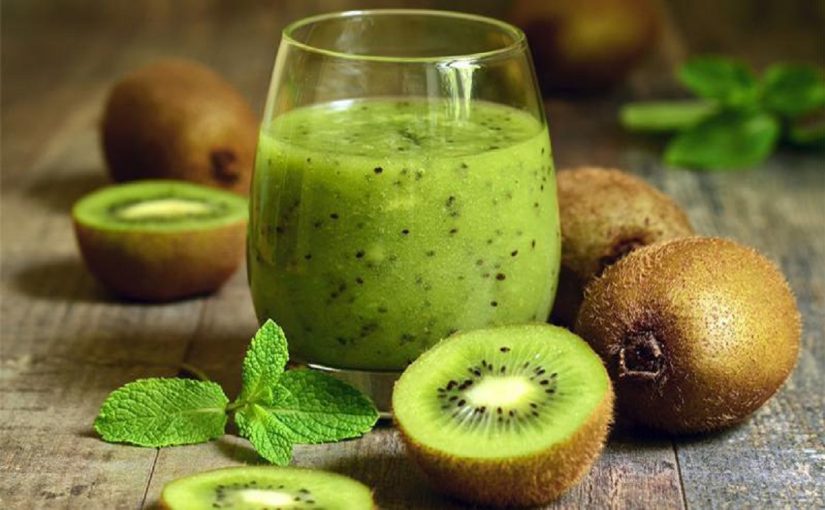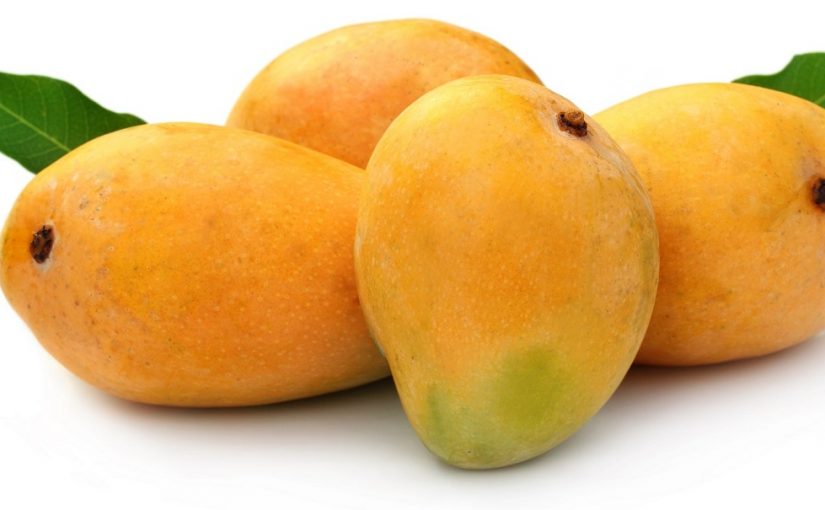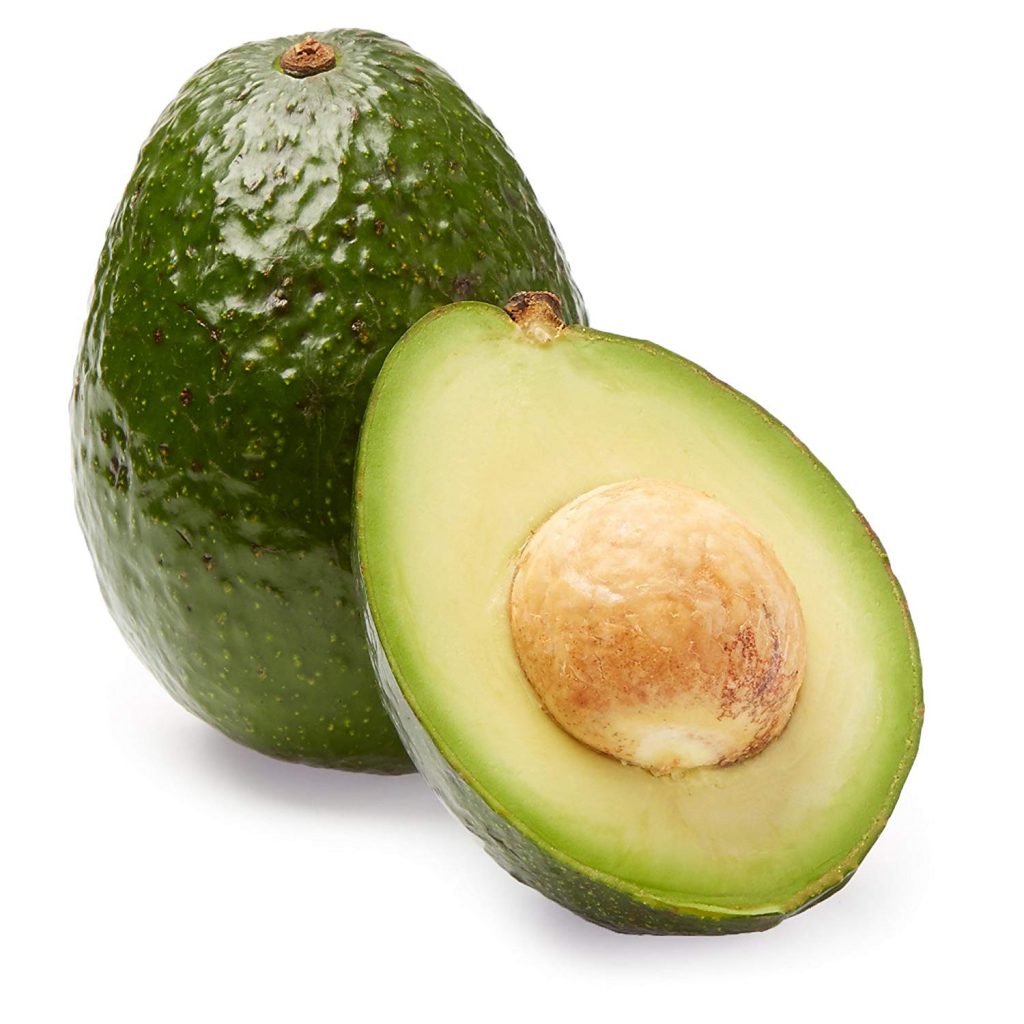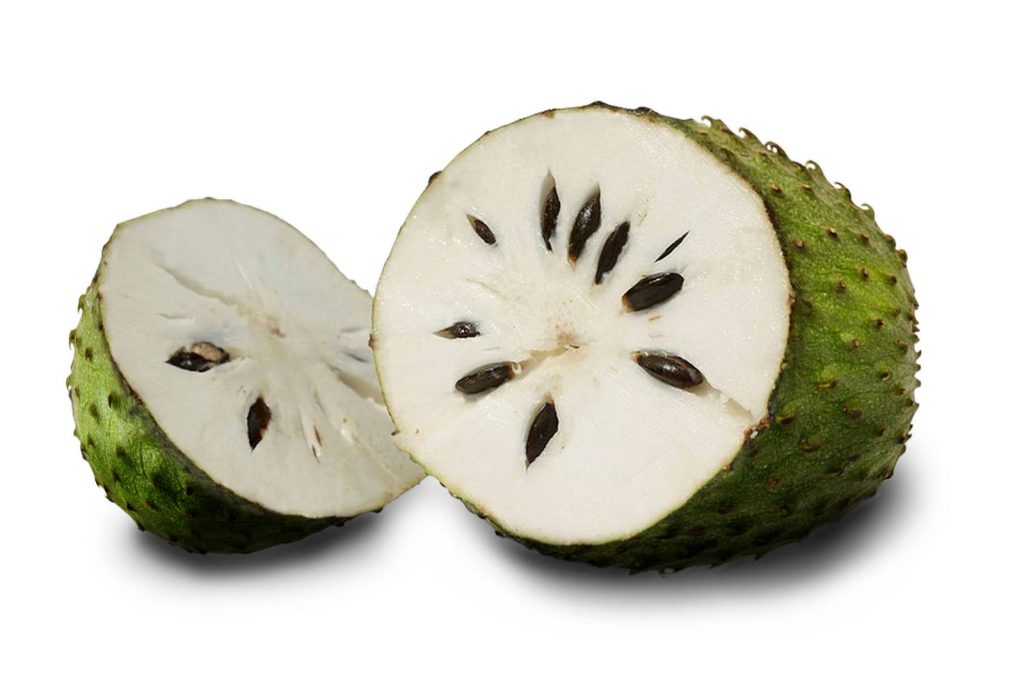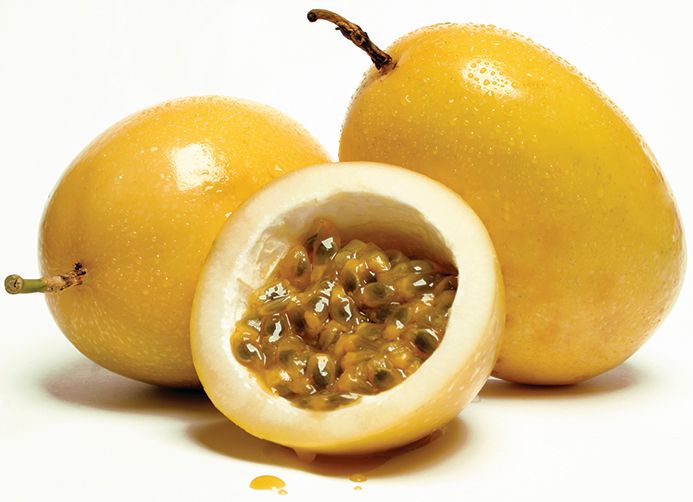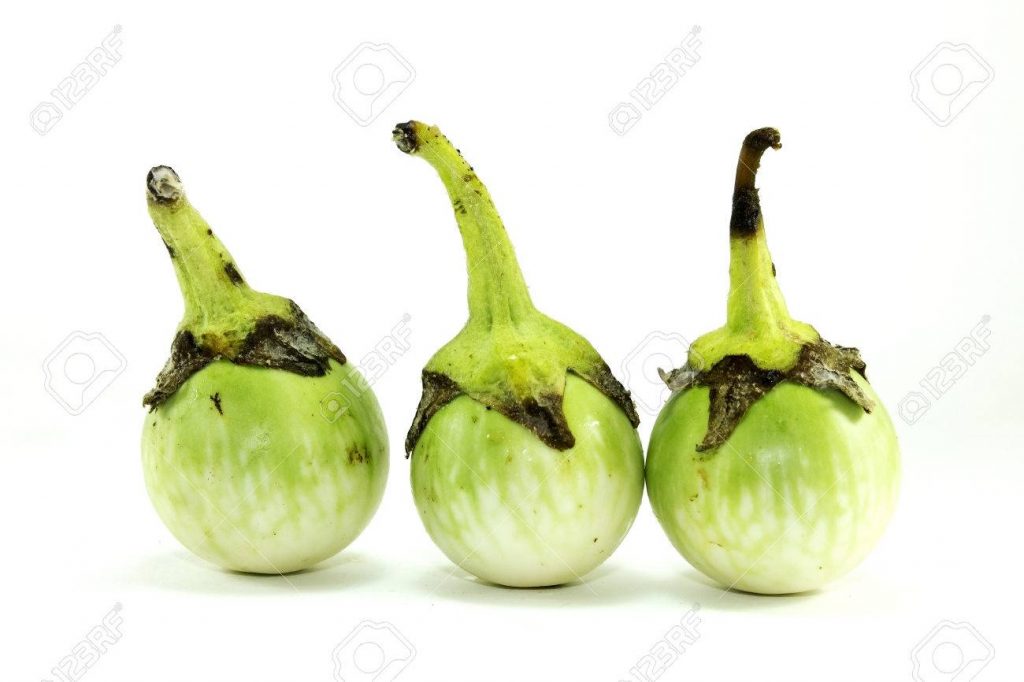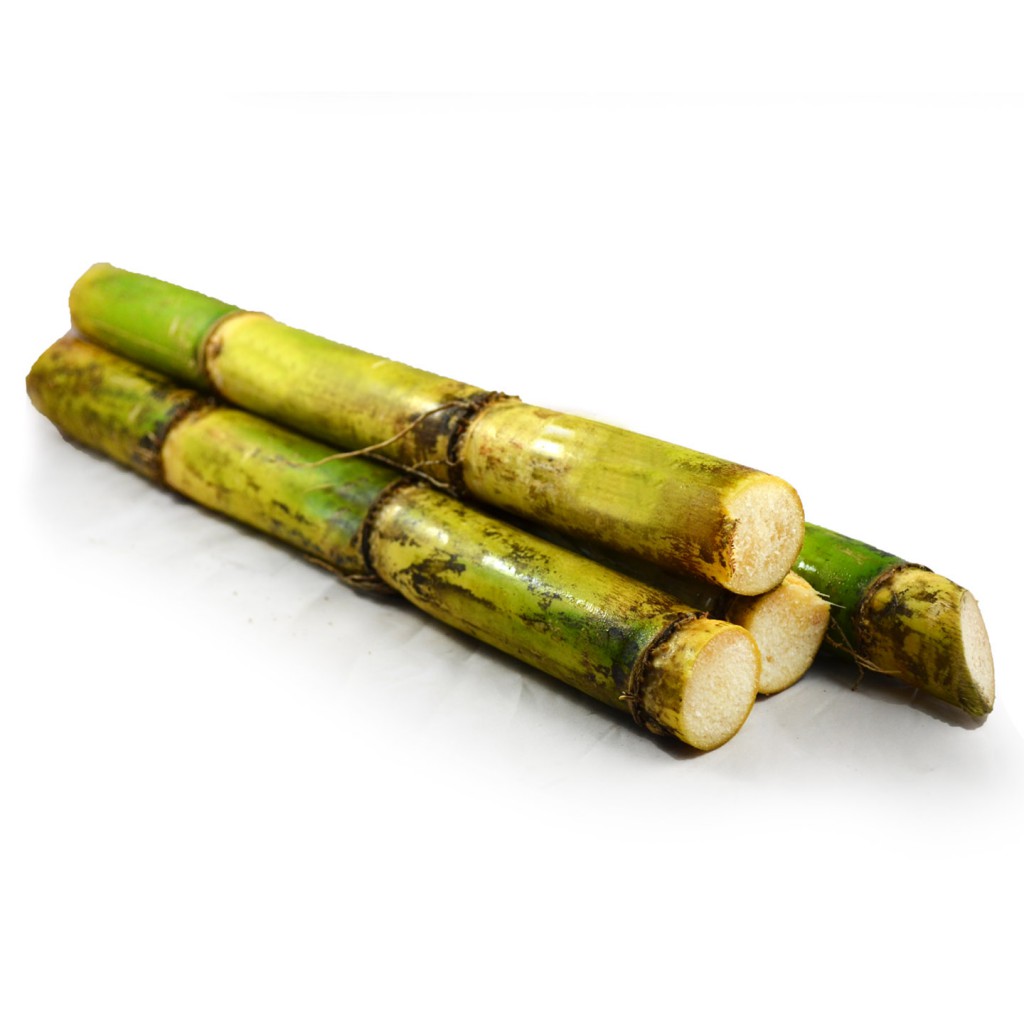5.9.2019
A local consortium, the OP TOC – in Italian “Calabresi Ortofrutticole Traditions – of Reggio Calabria” has started in 2019 the process for the recognition of the geographic indication protection (so-called IGP in Italian) of the Kiwi of Gioia Tauro Gulf, produced in the municipalities that fall within the Gulf of Gioia Tauro, enhancing the Made in Calabria fruits.
The Italians and foreigners unfortunately do not know the Calabrian kiwi, even though many hectares are dedicated to this crop in our region and the organoleptic qualities of the product are truly distinctive.
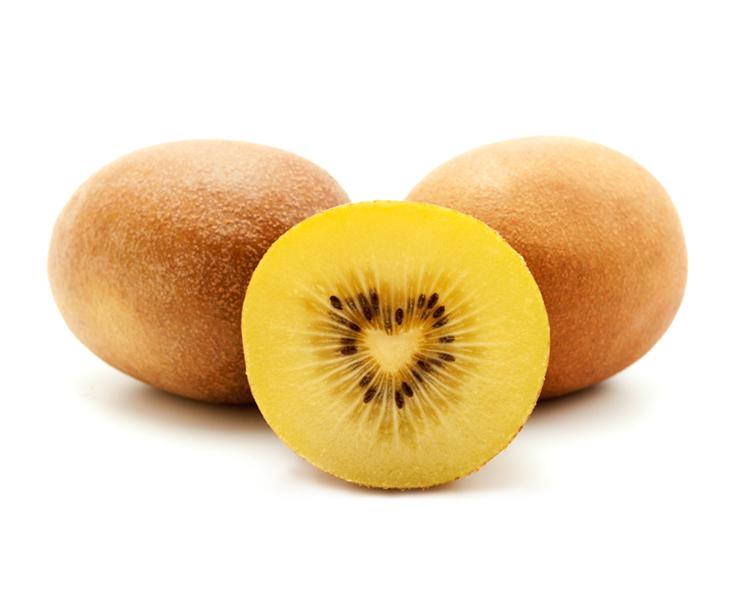
Now, the afore mentioned consortium brings together ten cooperatives for over 500 members and about three thousand hectares of crops, and strives to achieve the goal of promoting this delicious and hypervitaminic fruit.
PLACE AND HISTORY
The first kiwi plant dates back to 1978: in a land mainly devoted to citrus cultivation, the first hectare of actinidia (the botanic name of the plant of Kiwi) began to take shape, an experiment that it was successful. At a distance of forty years, the cultivation of kiwifruit has reached important levels and Calabrian range has proved to be suitable for the scope.
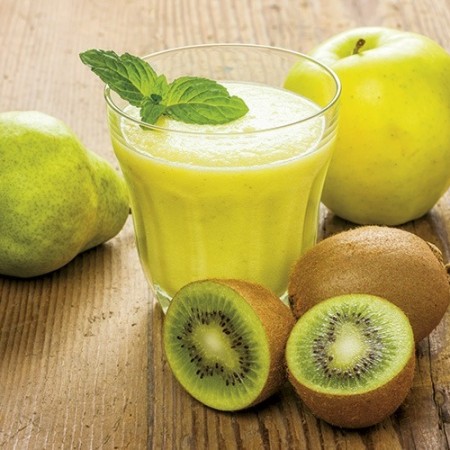
The climatic and soil conditions favor the quality of the kiwi, as well as the proximity to the Stromboli Volcano. Farmers can harvest from the beginning of October until December or January: not having the problem of frost, they can leave the fruit longer on the plant, allowing it to reach high organoleptic standards.
FEATURES
The afore mentioned IGP protection focused on the organic features of Kiwi, and the IGP Calabrian farmers of Reggio Calabria want to communicate the wonderful properties of this fruit the large-scale retail trade and to the consumers.
Indeed, Calabrian Kiwi is a superfood, rich in Vitamin C and produced in Italy, with many controls over quality, thus giving a fruit better than many other products that arrive from abroad.
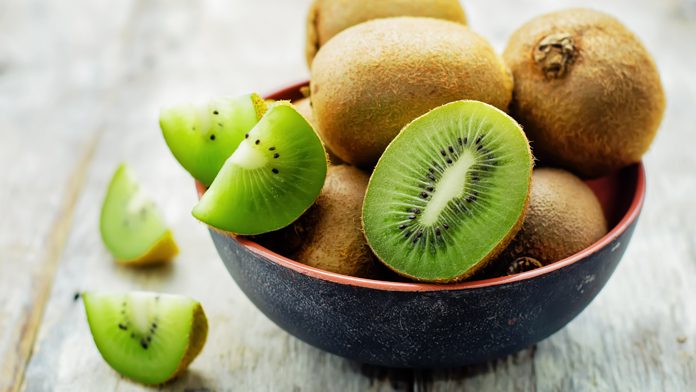
Main efforts, now, are conducted to enhance the kiwi and avoid situations in which the fruits are sold at low cost and presented with little decorum. The chains of Supermarkets can guarantee the consumer’s turnout sells this Kiwi at very low prices, but this then it goes to the detriment of the real quality of the fruit and the final purchaser.
Therefore, farmers believe it is better to protect the producers and consumers, selling Calabrian Kiwi, not only in large scale Malls, but also in specialized shops, because Italian quality must be guaranteed and valued.

